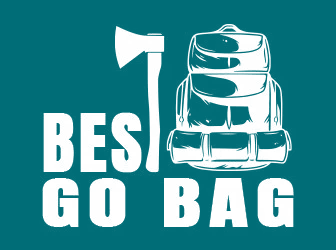You know, I’ve spent years helping folks prepare for the unexpected through life-saving food & gear. But today, I want to talk about something that often gets overlooked in disaster readiness: communication.
You see, when disaster strikes, communication becomes your lifeline. Just like having a trusty solar generator or cleaner water, having a solid communication plan can be the difference between chaos and control.
That’s why I created a “Critical Communication Guide” for you. And it’s an important one. So read it over and feel free to print it out.
Let’s dive in!
Critical Communication Guide
- Anticipate Possible Disasters
Start by thinking ahead. While we can’t predict every twist and turn of Mother Nature’s moods, we can prepare for potential scenarios based on past events and our community’s vulnerabilities. Whether it’s wildfires, hurricanes, or earthquakes, understanding the risks unique to your area and family is key.
- Assemble Your Communication Team
In times of crisis, well-coordinated communication is key. So instead of having multiple folks, just designate 1 person to be the “voice” of your family. Be sure that “voice” is both knowledgeable & empathetic. That’s important because this is the voice your family will trust when things get tough.
- Establish a Coordinated Plan
Communication isn’t a solo act. While you may pick 1 person to be your family’s voice… You can always give everyone their own special job during a disaster. Be sure to communicate their roles and when it’s time to take action.
- Craft Clear & Compassionate Messages
When disaster strikes, your family will be looking for guidance. Keep your messages simple, devoid of jargon, and loaded with the information they need most. Be the calm voice amid the chaos, offering timely updates.
- Tailor Messaging for Your Family
Not all ears are the same. Tailor your messages to suit all the different members of your family. Think about the elderly, children, and those with disabilities. Everyone has different needs… and different types of messaging they’ll respond to. Also when you write your message, think about what it will be like for others to have to read it while under stress.
- Stay Up to Date & Build Trust
Regular updates are your lifeline to building trust with your family. Keep them informed, offer family meetings, and assure them that you’re there for them. After the storm subsides, analyze what worked and learn from feedback to improve future communication.
- Leverage Social Media
In this digital age, social media is your megaphone. More than half of Americans turn to platforms like Facebook and Twitter for news. Utilize social media to provide accurate information, counter misinformation, and engage with your family or extended family.
- Make Communication Easy
When disaster strikes, everyone should have access to life-saving information. Consider diverse channels like online message boards, television, text messages, and hotlines. Create easy-to-read messages with clear text, images, and symbols.
Got 1 last thing for you:
Remember, in the face of disaster, a dead cell phone is as good as no phone. Keep your communication devices charged and ready. (That’s where having a Patriot Power Cell CX comes in very handy.)
That way you can stay connected to loved ones & first responders… even when the world goes dark.
Stay safe, stay prepared, and let’s make sure that no one is left in the dark when disaster strikes. I hope this guide is helpful.
To your survival,
Frank Bates


